BF Hammer
Senior Member
Over the past 2 years I have been slowly learning the craft of astrophotography without a telescope. A critical piece of the puzzle is the software tools you use to process the images you take in camera. You won't be getting desired results just using Lightroom or Photoshop or whatever other equivalent applications you use. You need tools for aligning dozens of images and stacking/combining them to blend out noise and bring out data from the darkness. There are many for all operating system platforms. But a new one is primed to come out of Beta stage soon. It is Siril. This is a free and open-source project for Windows, Mac, and Linux. I think it is eventually meant to compete with PixInsight as it shares many of it's tools.
Siril does the initial file import and conversion of a sequence of photos. It finds the alignment registration points and stacks the images. There are pre-processing image adjustment tools for bringing out detail to be visible. It is not a beginning to end solution. You have to export the image and stretch the exposure in something else, and get the other fine-adjustments done. It is not 100% there yet, some bugs to be resolved. It won't start every time I try the first time. It pauses and thinks at other times before proceeding. Definitely Beta software, but it will do the work as of now.
Now let's show why this is a noteworthy tool. This first image I took the initial photos in December 2019 of the Orion Nebula. I worked on this and have several different versions of the image as I tried different approaches. I stacked the photos with Deep Sky Stacker (DSS) and combined using RawTherapee and GIMP to make produce this.
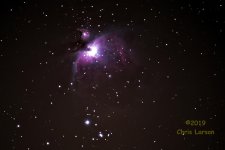
Now going back to the original Raw images, stacking and pre-processing in Siril, and finishing the image in GIMP. Had to crop differently because the extra nebula at top became visible.
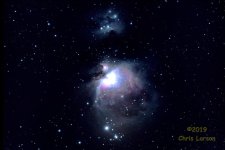
A background-extraction tool available in Siril is what makes this a game-changer for me. And you do not have to do the stacking in the software. You can import a TIF and do the background-extraction and the color matching tool where it compares against an online database of stellar objects and corrects the color in your image to match. Powerful stuff. But I spent a week reading tutorials and watching videos on how to use it, and still was messing-up until yesterday. I learned the trick to stop the software from automatically making my photos into black-and-white at the beginning and off I went trying out on old projects.
An out of focus Andromeda Galaxy before and after.
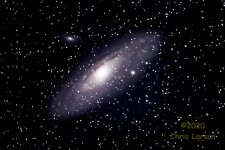
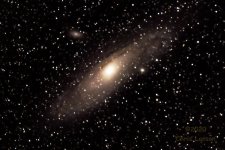
And Triangulum Galaxy before and after.
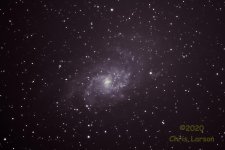
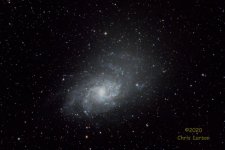
It's free, so there is nothing lost in trying it out. But I have to recommend putting in the time with tutorials.
Siril does the initial file import and conversion of a sequence of photos. It finds the alignment registration points and stacks the images. There are pre-processing image adjustment tools for bringing out detail to be visible. It is not a beginning to end solution. You have to export the image and stretch the exposure in something else, and get the other fine-adjustments done. It is not 100% there yet, some bugs to be resolved. It won't start every time I try the first time. It pauses and thinks at other times before proceeding. Definitely Beta software, but it will do the work as of now.
Now let's show why this is a noteworthy tool. This first image I took the initial photos in December 2019 of the Orion Nebula. I worked on this and have several different versions of the image as I tried different approaches. I stacked the photos with Deep Sky Stacker (DSS) and combined using RawTherapee and GIMP to make produce this.

Now going back to the original Raw images, stacking and pre-processing in Siril, and finishing the image in GIMP. Had to crop differently because the extra nebula at top became visible.

A background-extraction tool available in Siril is what makes this a game-changer for me. And you do not have to do the stacking in the software. You can import a TIF and do the background-extraction and the color matching tool where it compares against an online database of stellar objects and corrects the color in your image to match. Powerful stuff. But I spent a week reading tutorials and watching videos on how to use it, and still was messing-up until yesterday. I learned the trick to stop the software from automatically making my photos into black-and-white at the beginning and off I went trying out on old projects.
An out of focus Andromeda Galaxy before and after.


And Triangulum Galaxy before and after.


It's free, so there is nothing lost in trying it out. But I have to recommend putting in the time with tutorials.
